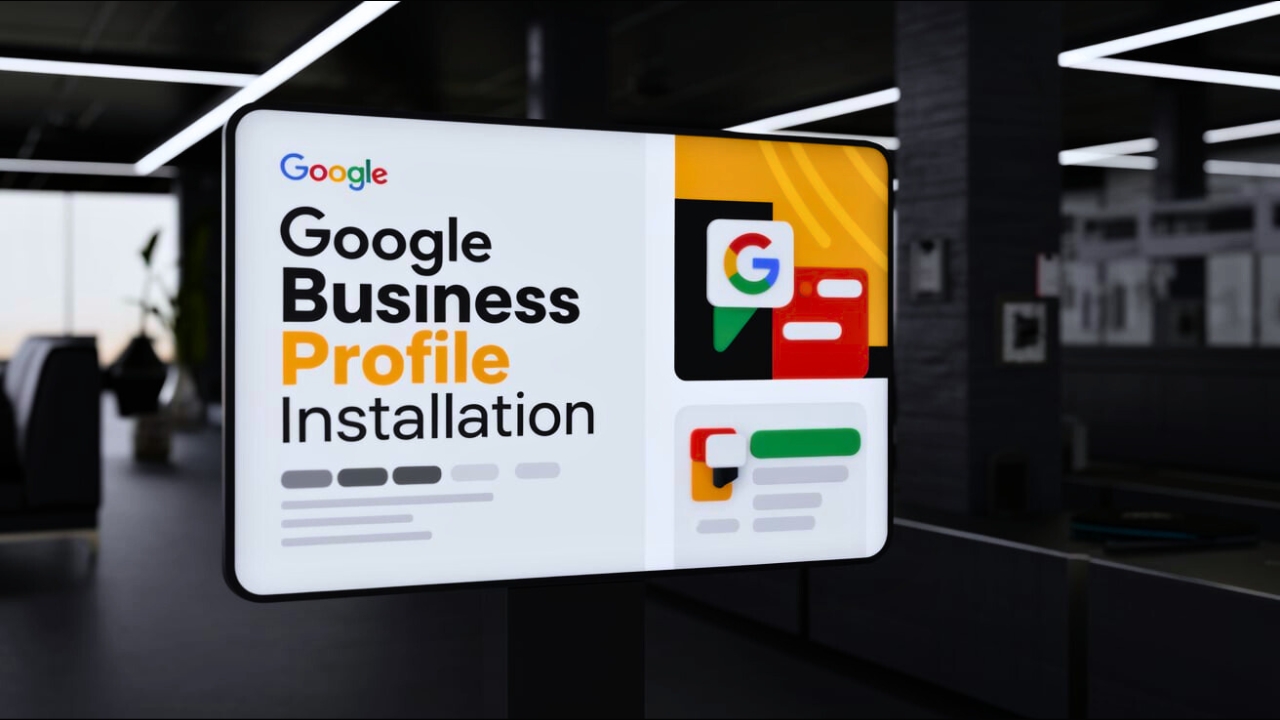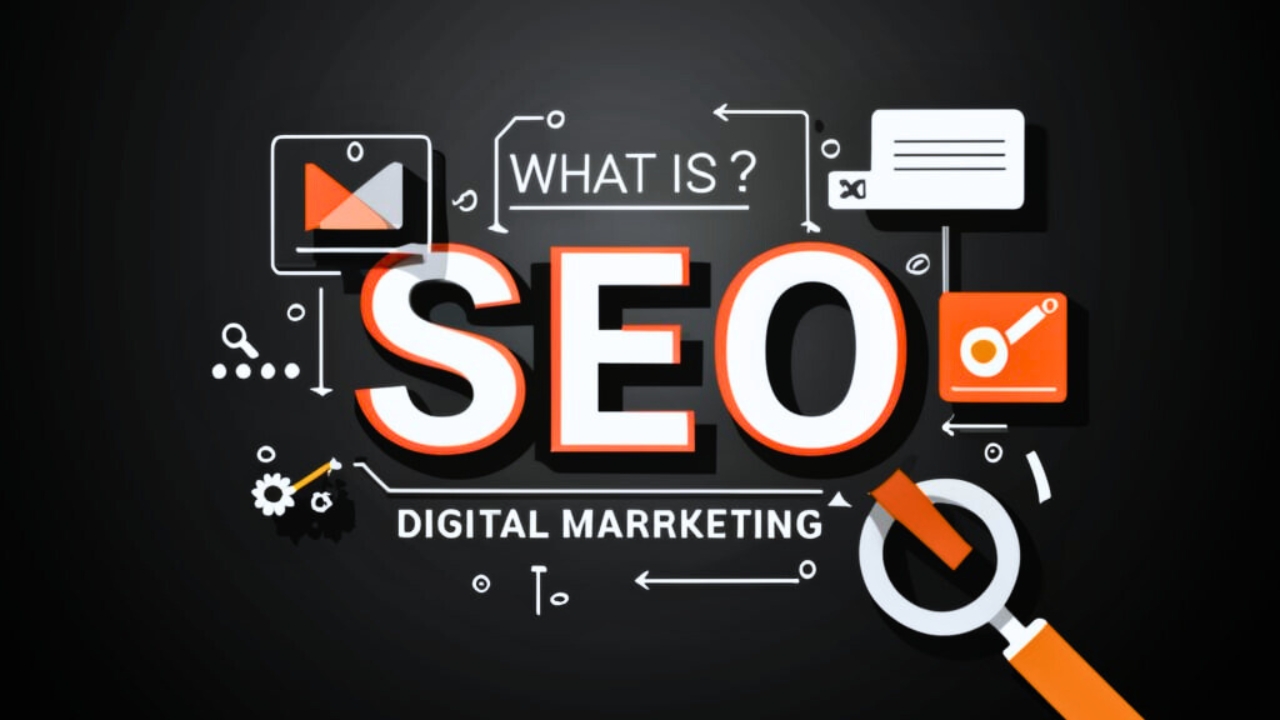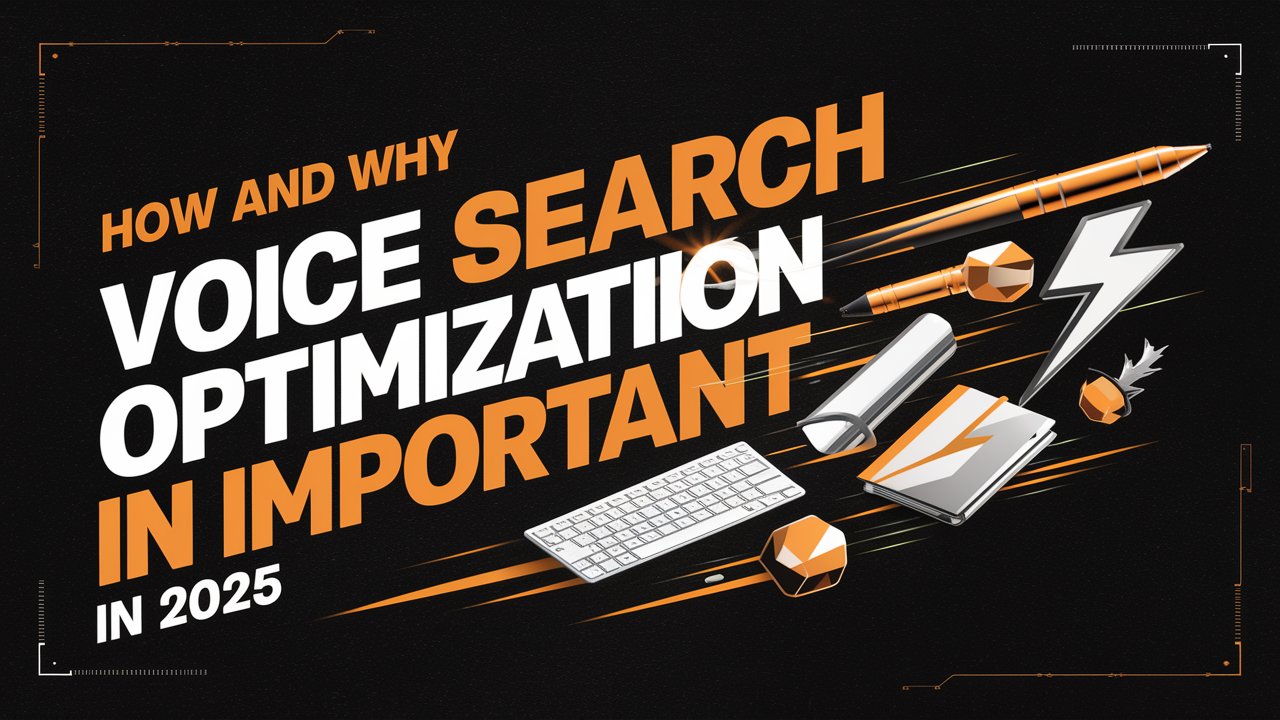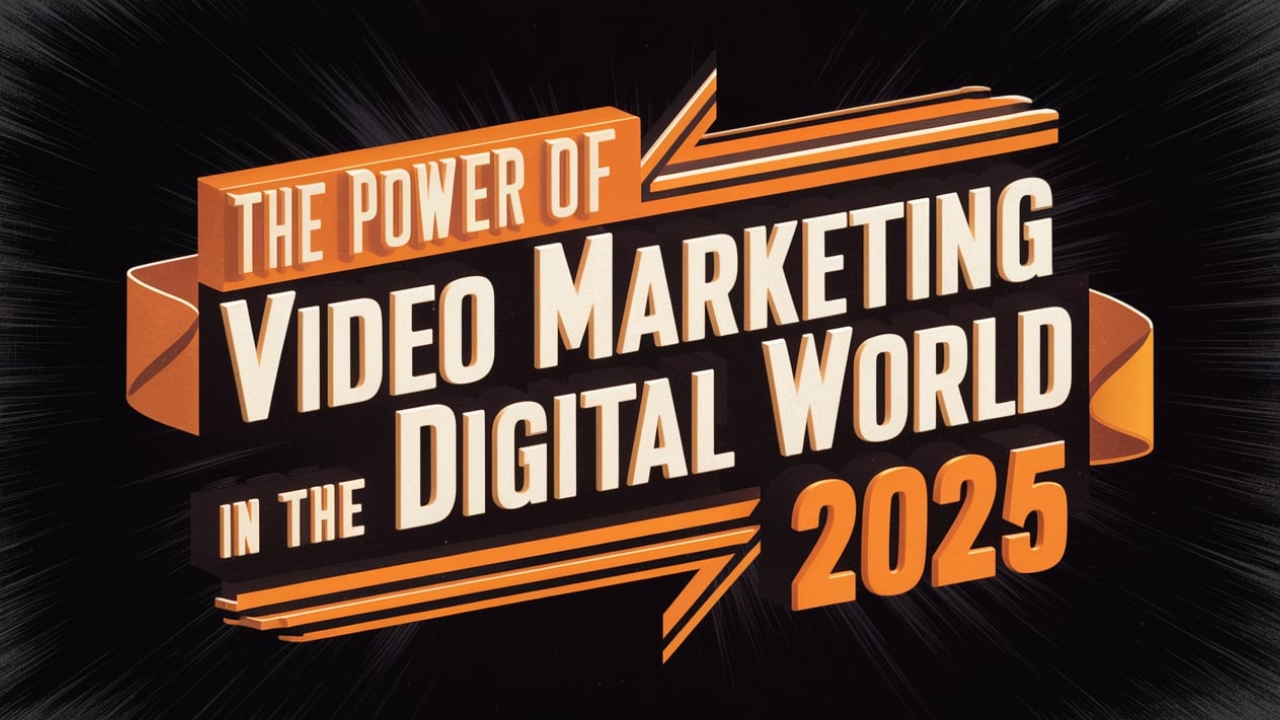Helpful 45 Email Marketing Prompts to Improve Engagement and Conversation
Are you ready to improve the way you communicate with your customers? You can increase engagement, create lasting connections, and provide value at the right time with email marketing.
A thorough collection of effective, focused email marketing prompts covering every important phase of your customer experience can be found below. Each is designed to build trust, maintain brand awareness, and deepen relationships. These prompts inspire all of your audience interactions, from welcome greetings to exclusive deals and achievement celebrations to requests for feedback.
If you are announcing a significant product update, promoting re-engagement, or training a new customer, picture sending the ideal email at every turn. You will have a full email plan with these prompts to keep your clients interested, informed, and eager to join your group.
Effective tools for crafting engaging, targeted emails that captivate recipients and motivate them to take significant action are email marketing prompts. You can save time and effort in the content creation process and enhance your relationships with your audience through using prompts that are geared toward particular objectives, including introducing new features, re-engaging inactive users, or greeting new subscribers.
By trying out various prompt formats, you may find out what appeals to your readers the most, which will improve engagement and increase conversion rates. Keep in mind that the secret to effective email marketing is knowing what your audience needs and creating communications that improve their experience. Create prompts that are innovative, succinct, and consistent with your brand language to make every email a worthwhile interaction.
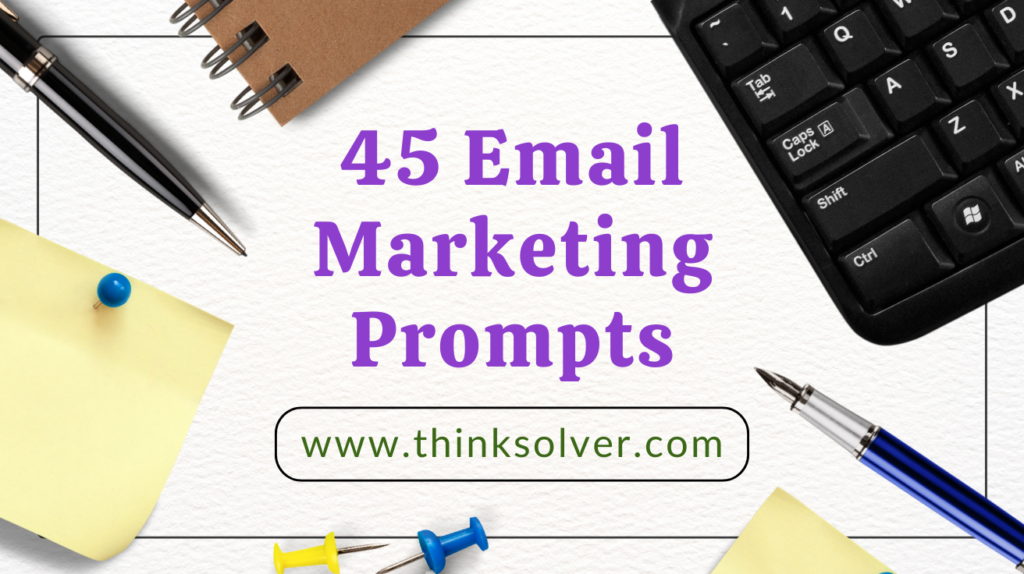
45 Email marketing Prompts
Welcome & Onboarding Emails
Purpose: These emails serve to introduce new subscribers to the brand, create expectations, and offer basic product or service directions for use. They make a good first impression and walk users through the steps required for a successful launch.
- Welcome New Subscribers: “Compose a friendly welcome email for new subscribers, introducing our brand and what they can expect.”
- Getting Started Guide: “Create a ‘Getting Started’ email for new users, detailing the initial steps to take full advantage of our product.”
- Thank You for Joining Us: “Write a thank-you email for new subscribers, explaining the benefits of being part of our community.”
- Onboarding Series Intro: “Draft the first email of an onboarding series that explains our key features with an easy-to-follow guide.”
- Introduce Customer Support: “Compose an email introducing our support channels to new users for a smooth onboarding experience.”
Product Updates & Announcements
Purpose: These emails notify users about modifications, new features, and product upgrades. By showcasing innovative advancements and demonstrating how the product is changing to satisfy consumer demands, they support engagement.
- New Feature Launch: “Write an announcement email about a new feature and its benefits.”
- Product Upgrade Notification: “Compose an email notifying users about a product upgrade and how it enhances their experience.”
- Beta Testing Invite: “Invite users to be part of a beta testing group for an upcoming feature.”
- Service Improvement Update: “Draft an email detailing a recent service improvement based on user feedback.”
- Product Roadmap Update: “Create an email updating users on our product roadmap for the next quarter.”
Promotions & Special Offers
Purpose: These emails include time-sensitive promotions, special offers, and discounts to entice participation and sales. They generate excitement about the brand’s goods and services, increase sales, and reward loyalty.
- Holiday Discount: “Draft a holiday discount email with a festive theme to encourage purchases.”
- Exclusive Access for VIPs: “Write an email offering early access to a new product for VIP members.”
- Limited-Time Offer: “Compose a high-converting limited-time discount email.”
- Birthday Offer: “Create a special birthday email offering a personalized discount.”
- Flash Sale Announcement: “Write an email announcing a flash sale with a countdown timer.”
Customer Engagement & Retention
Purpose: These emails are intended to mark milestones, promote frequent communication, and maintain enduring connections with clients. By reminding consumers of the benefits of joining the brand community, they increase retention.
- Re-Engagement Campaign: “Write an email for users who haven’t interacted recently, encouraging them to reconnect.”
- Monthly Product Usage Summary: “Create a personalized email summarizing the user’s monthly product usage and impact.”
- Milestone Celebration: “Compose an email celebrating the user’s anniversary with our brand.”
- Social Media Follow Invite: “Encourage users to follow us on social media for more exclusive updates.”
- Event Invite: “Write an invitation email for an upcoming webinar or live event.”
Educational Content & Value-Add
Purpose: To help users get the most out of the product, these emails include helpful advice, guides, and industry insights. By providing ongoing help and knowledge, they boost client satisfaction, promote product usage, and cultivate a sense of ability.
- Product Tips & Tricks: “Compose an email sharing valuable tips on using our product effectively.”
- Weekly Industry Insights: “Draft a weekly newsletter email sharing the latest industry insights.”
- Case Study Highlight: “Create an email featuring a recent customer case study to showcase real-world success.”
- How-To Guide: “Write an email that includes a step-by-step guide on solving a common problem using our product.”
- Product Quiz: “Engage users with an email inviting them to take a quiz to discover the best product for their needs.”
Customer Success & Testimonials
Purpose: In order to foster confidence and show the efficacy of the product, these emails feature actual customer success stories, approval, and achievement. They encourage new customers to interact with the product more thoroughly and provide social proof.
- Customer Spotlight: “Draft an email featuring a customer success story to inspire other users.”
- User Testimonials: “Create an email that compiles a few recent user testimonials to build trust.”
- Request for Review: “Ask recent customers to leave a review or testimonial in an engaging email.”
- User Feedback Survey: “Compose an email inviting customers to share their feedback for product improvements.”
- Showcase Customer Achievements: “Highlight a customer’s achievements with our product in a congratulatory email.”
Re-Engagement & Win-Back Campaigns
Purpose: These emails are intended to pique the interest of inactive users and motivate them to come back. By providing incentives or unique access, they remind customers of the product’s value and help lower resignations.
- We Miss You Email: “Write a ‘We Miss You’ email for users who haven’t logged in for a while.”
- Offer Free Trial Extension: “Draft an email offering a trial extension to encourage re-engagement.”
- Abandoned Cart Reminder: “Compose an email reminding users about the items left in their cart.”
- Renewal Reminder: “Create an email reminding users about their upcoming subscription renewal.”
- Personalized Recommendations: “Suggest personalized product recommendations in an email to encourage purchase.”
Upselling & Cross-Selling
Purpose: These emails make suggestions for new goods or enhanced services that go well with a customer’s previous purchases. By providing tailored suggestions, they raise average order value and improve customer happiness.
- Complementary Product Suggestions: “Write an email suggesting products that complement a user’s previous purchase.”
- Upgrade to Premium: “Compose an email encouraging users to upgrade to a premium version with extra benefits.”
- Bundle Offers: “Create an email offering a discounted bundle of products for added value.”
- Back-in-Stock Notification: “Notify customers when a popular item they’ve viewed is back in stock.”
- Seasonal Product Recommendations: “Suggest seasonal products relevant to users based on their purchase history.”
Feedback & Survey Requests
Purpose: Customers are invited to offer their thoughts and experiences with the product or service in these emails. By actively listening, they show the company values customer input, which aids in identifying areas for development and increasing trust among customers.
- Product Feedback Request: “Compose an email asking users for feedback on their recent purchase.”
- Satisfaction Survey: “Draft a survey email asking users to rate their experience with our product.”
- Post-Purchase Feedback: “Write an email requesting feedback after a user has tried a new feature or product.”
- Event Feedback Request: “Compose an email asking attendees for feedback on a recent webinar or event.”
- Brand Perception Survey: “Create an email inviting users to participate in a brand perception survey.”
Conclusion
Frequently Asked Questions (FAQs)
1. What are email marketing prompts?
Email marketing prompts are structured ideas or templates for creating targeted emails, helping brands connect with customers at every stage of their journey.
2. Why are welcome emails important?
Welcome emails create a positive first impression, introduce new subscribers to your brand, and set the stage for long-term engagement.
3. How can I re-engage inactive customers?
Send friendly, value-driven re-engagement emails with incentives, like discounts or new updates, to encourage them to reconnect with your brand.
4. How do I measure email prompt effectiveness?
Track metrics like open rate, click-through rate, and conversion rate to assess how well your emails engage and convert subscribers.

